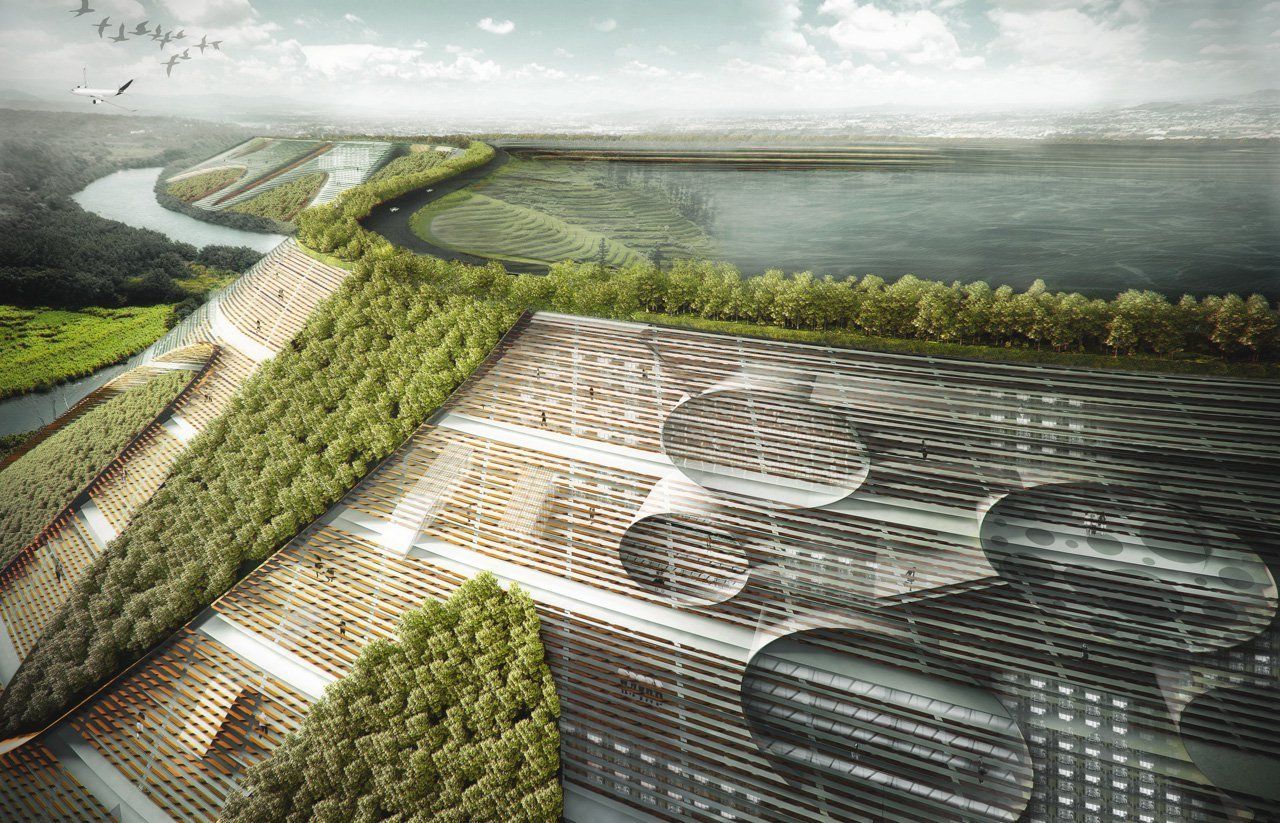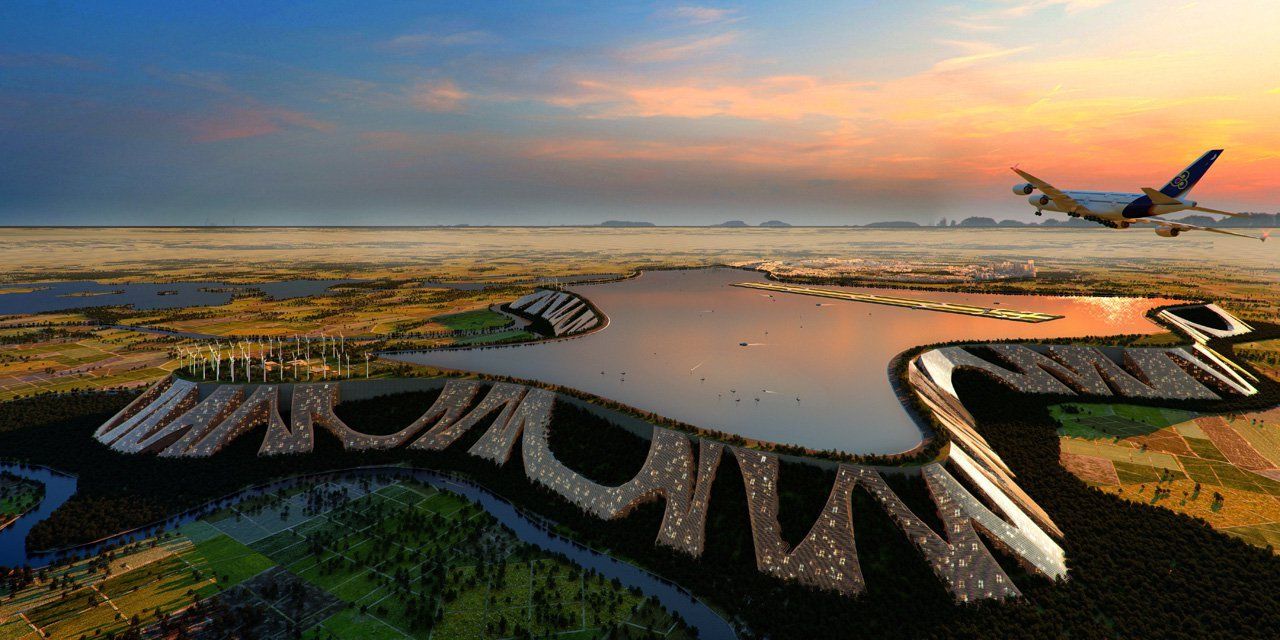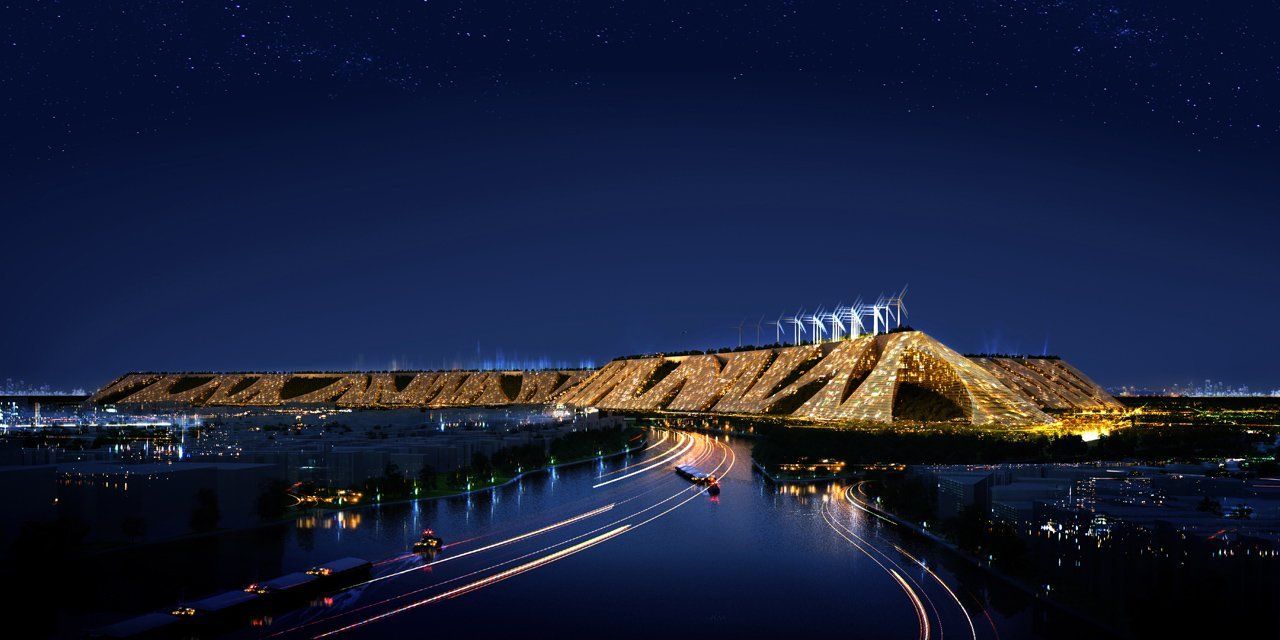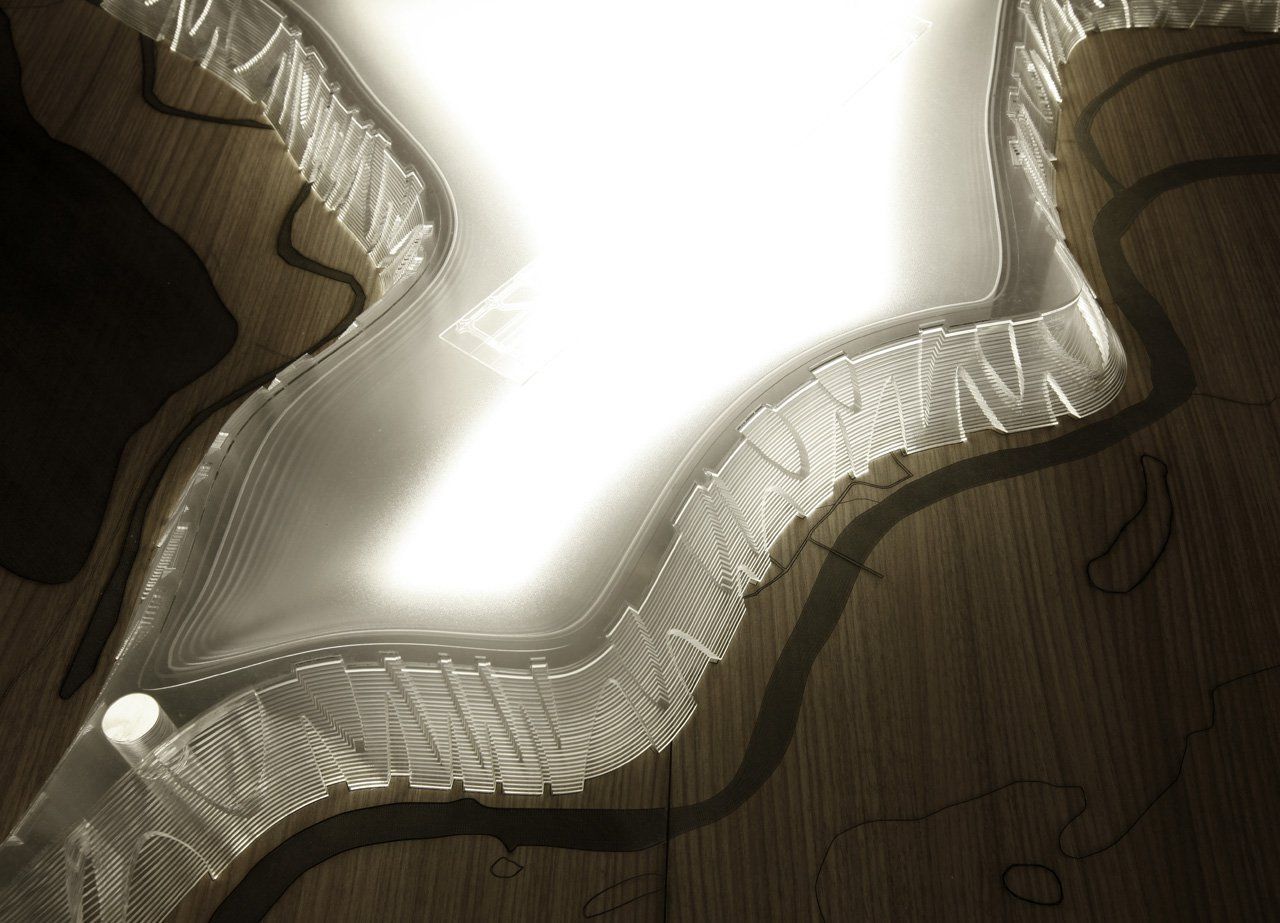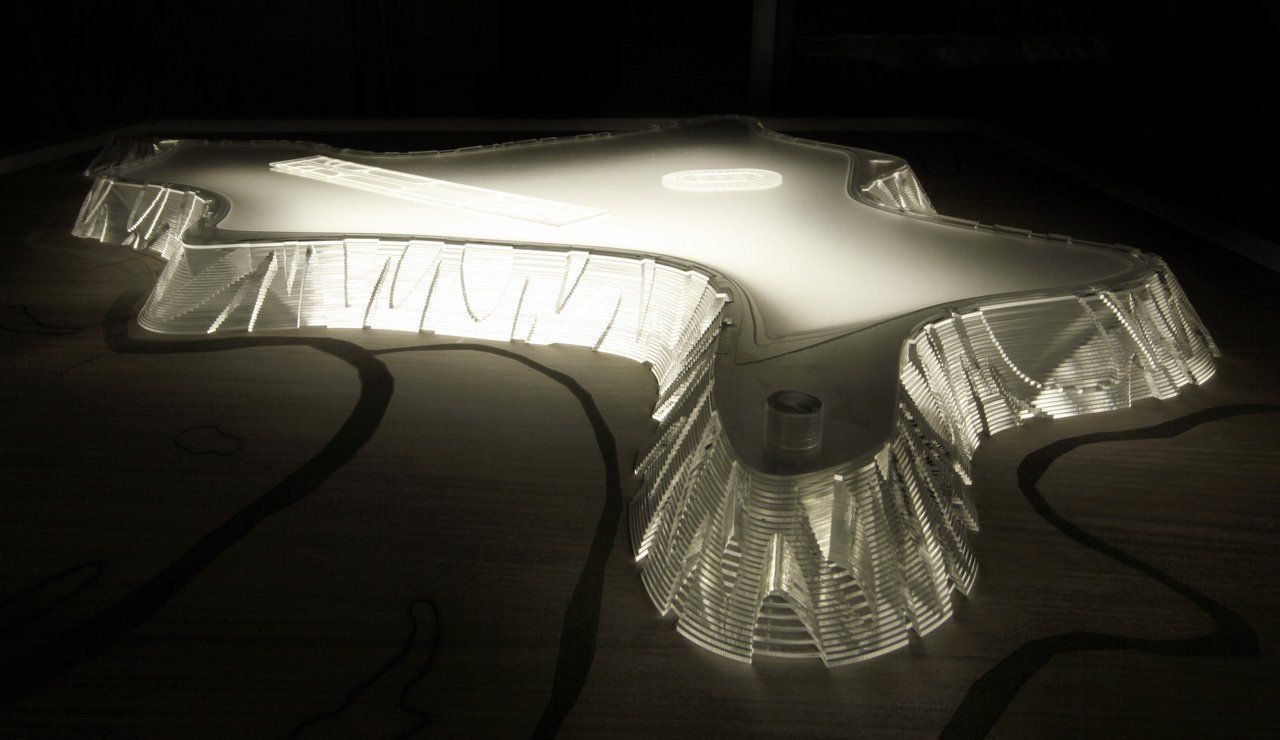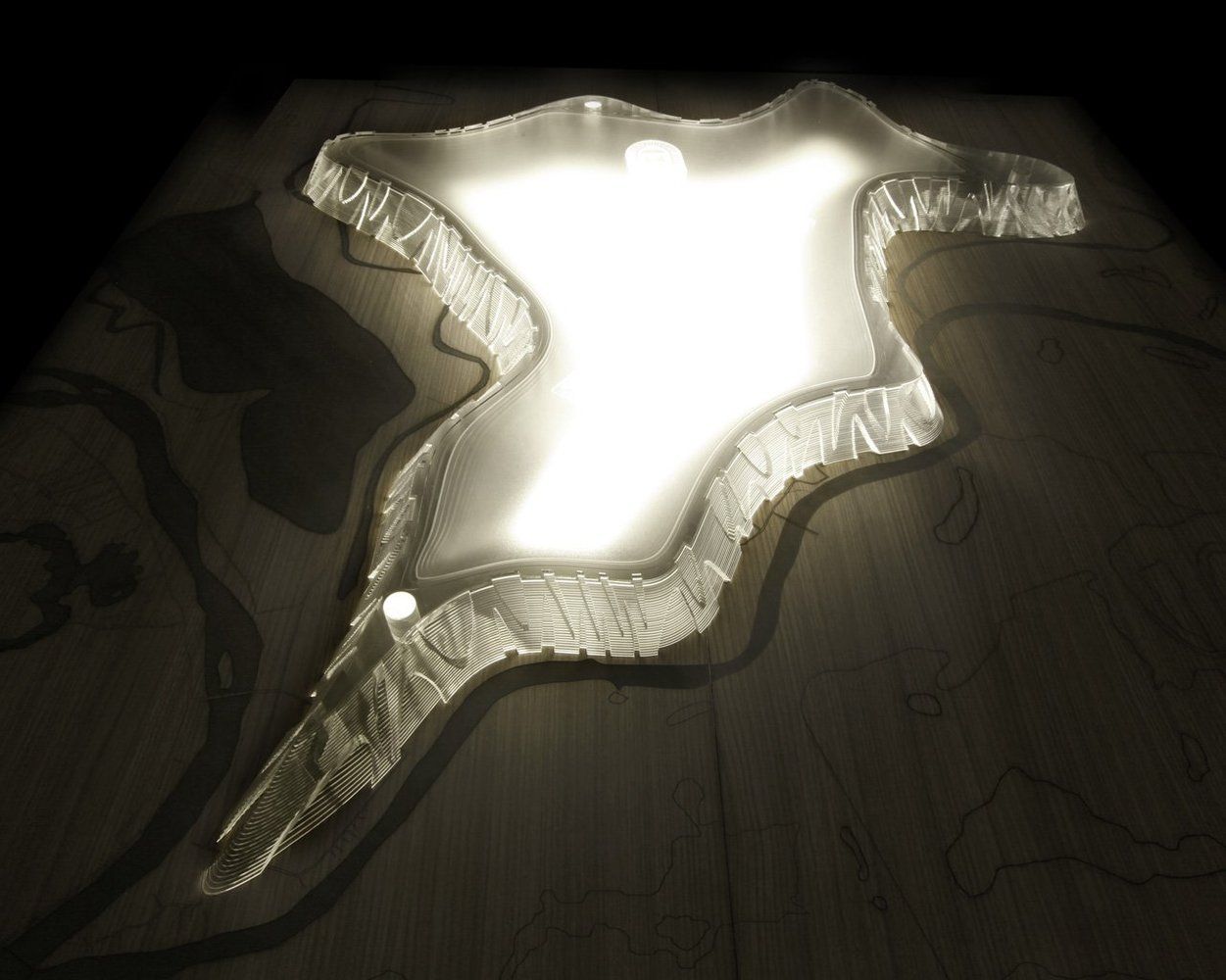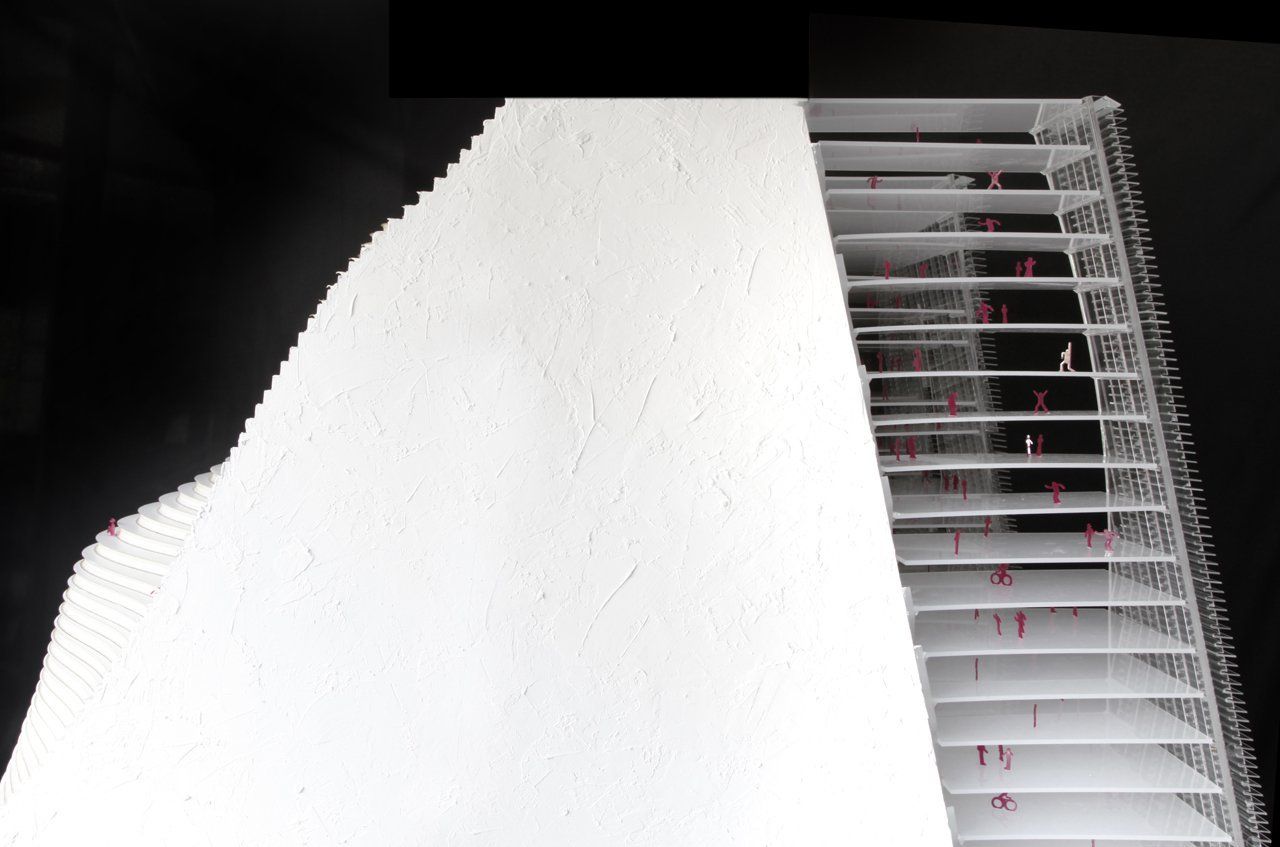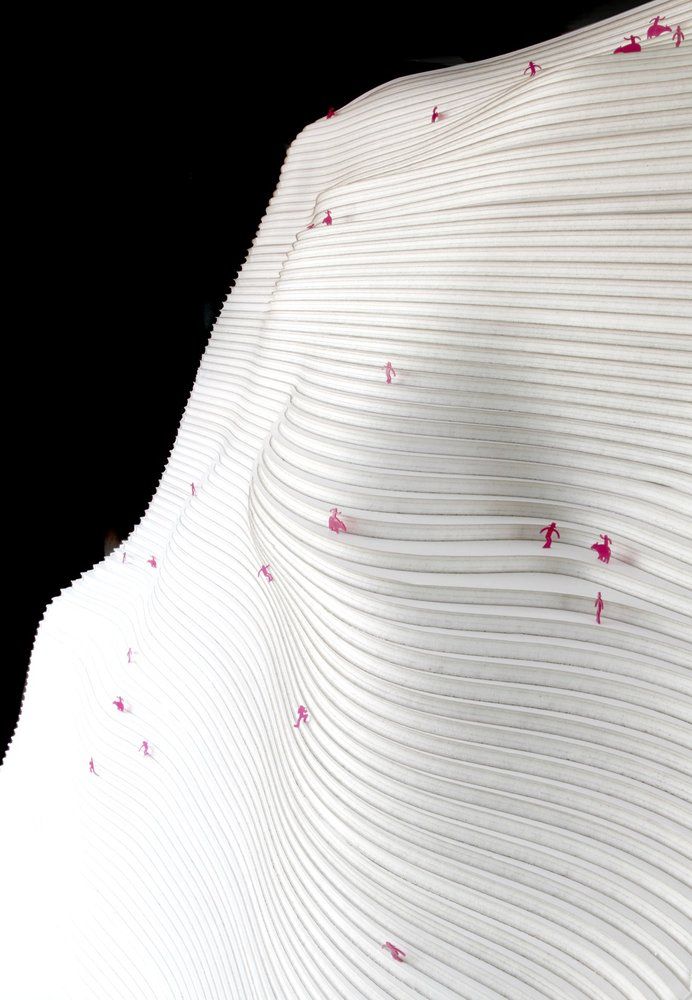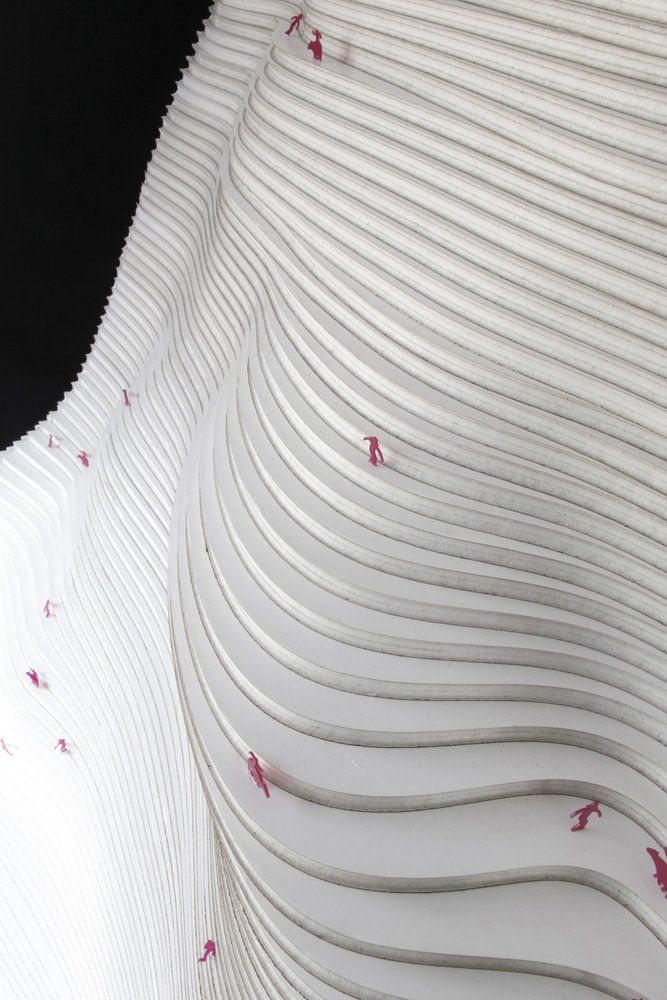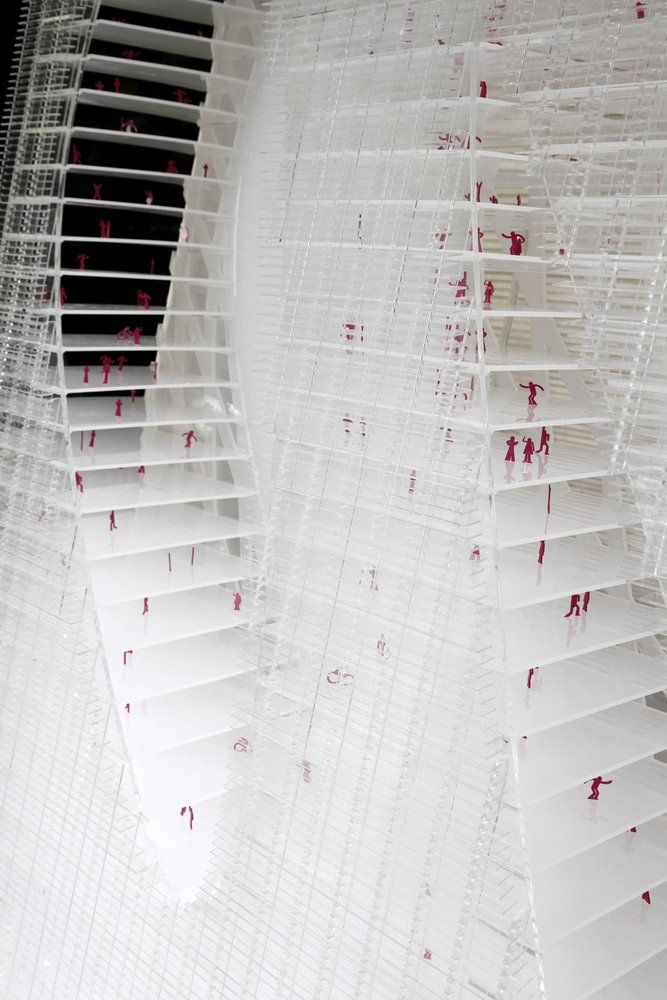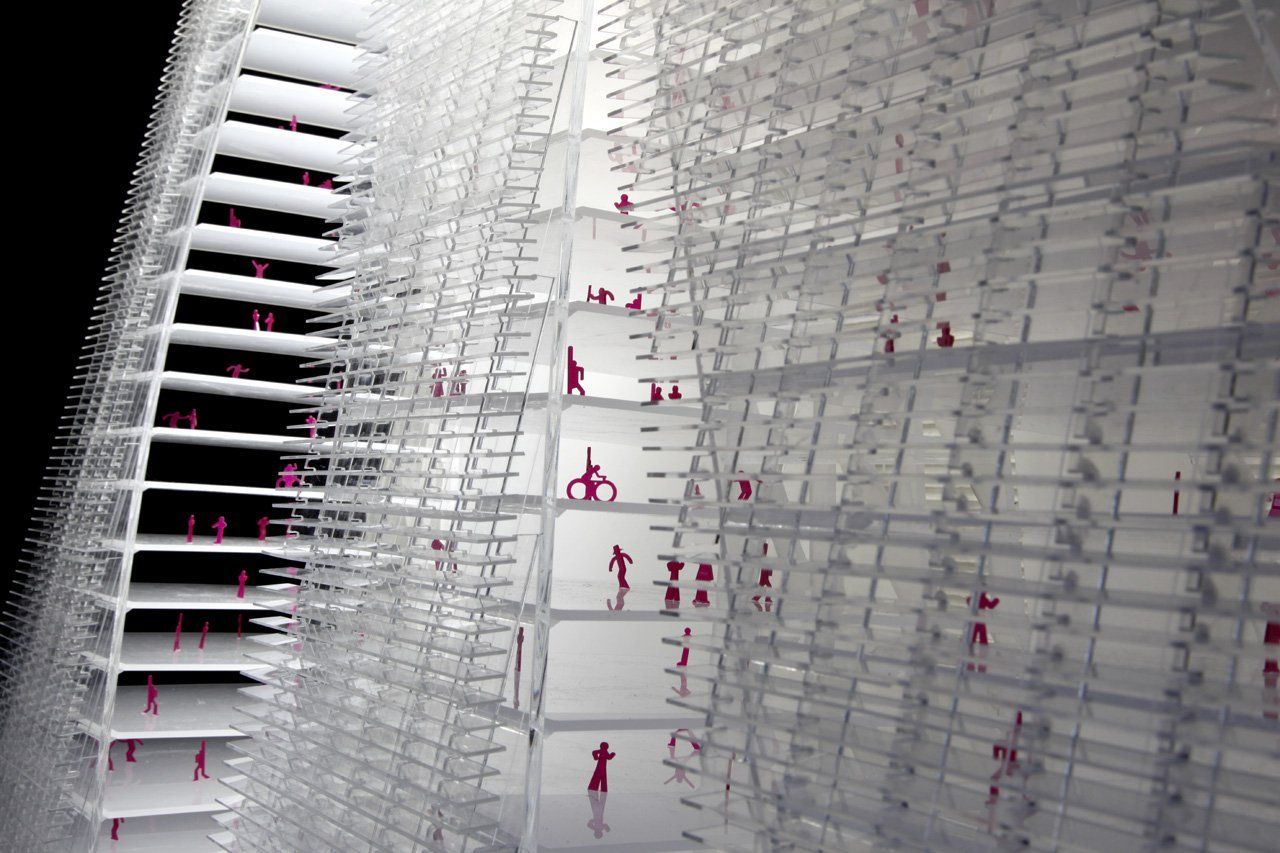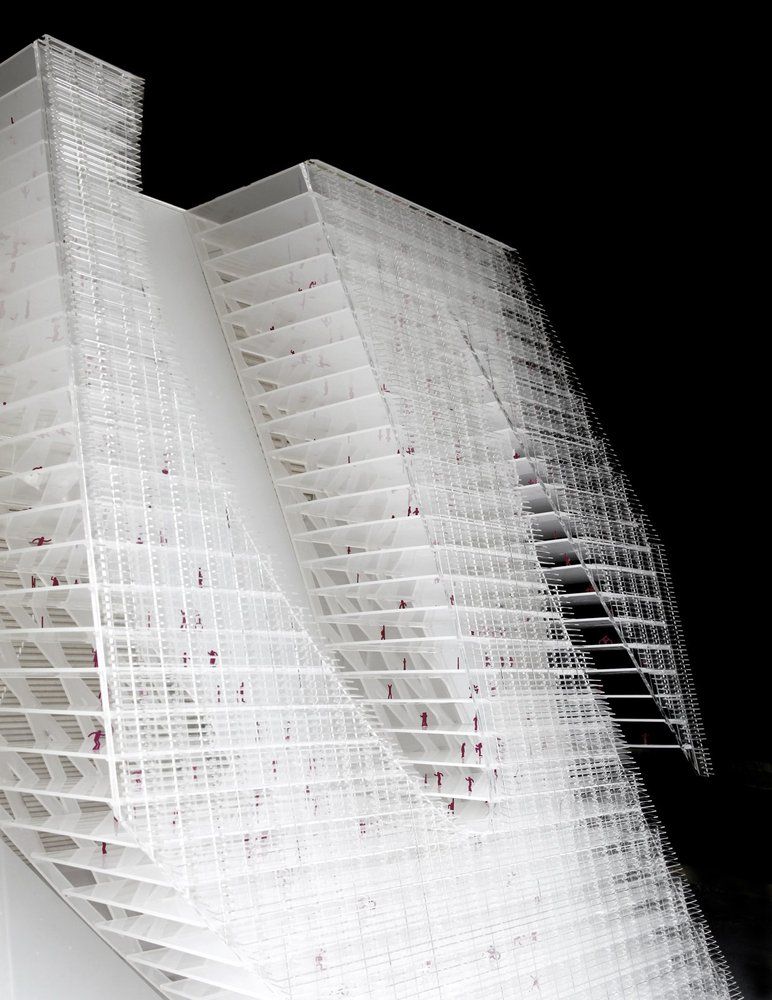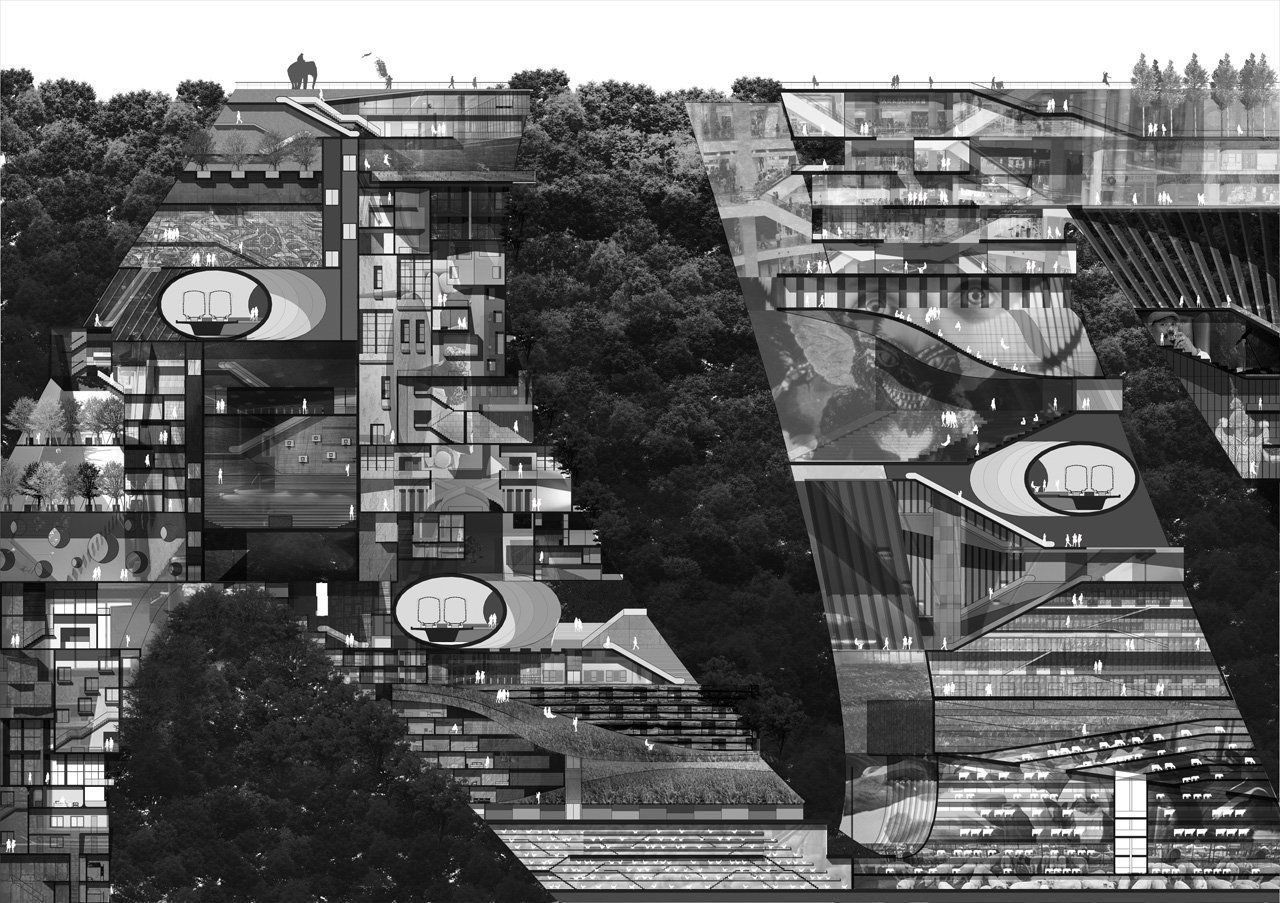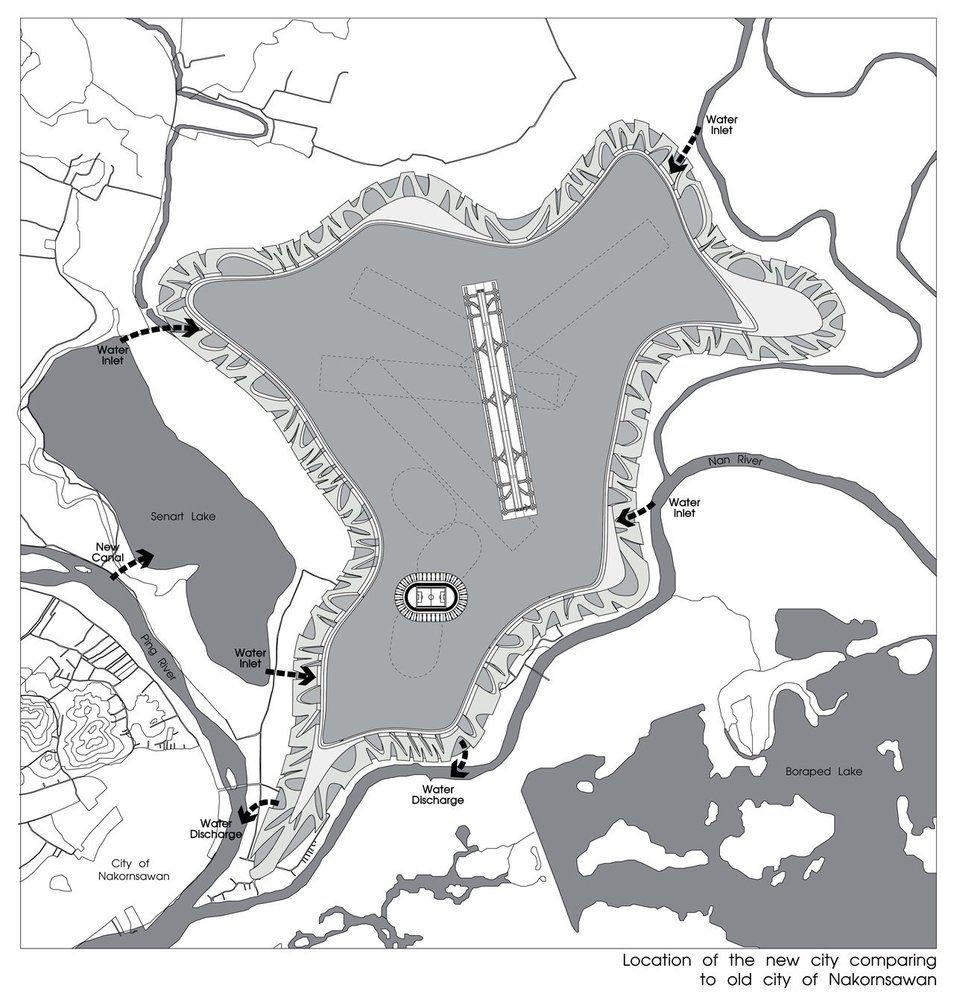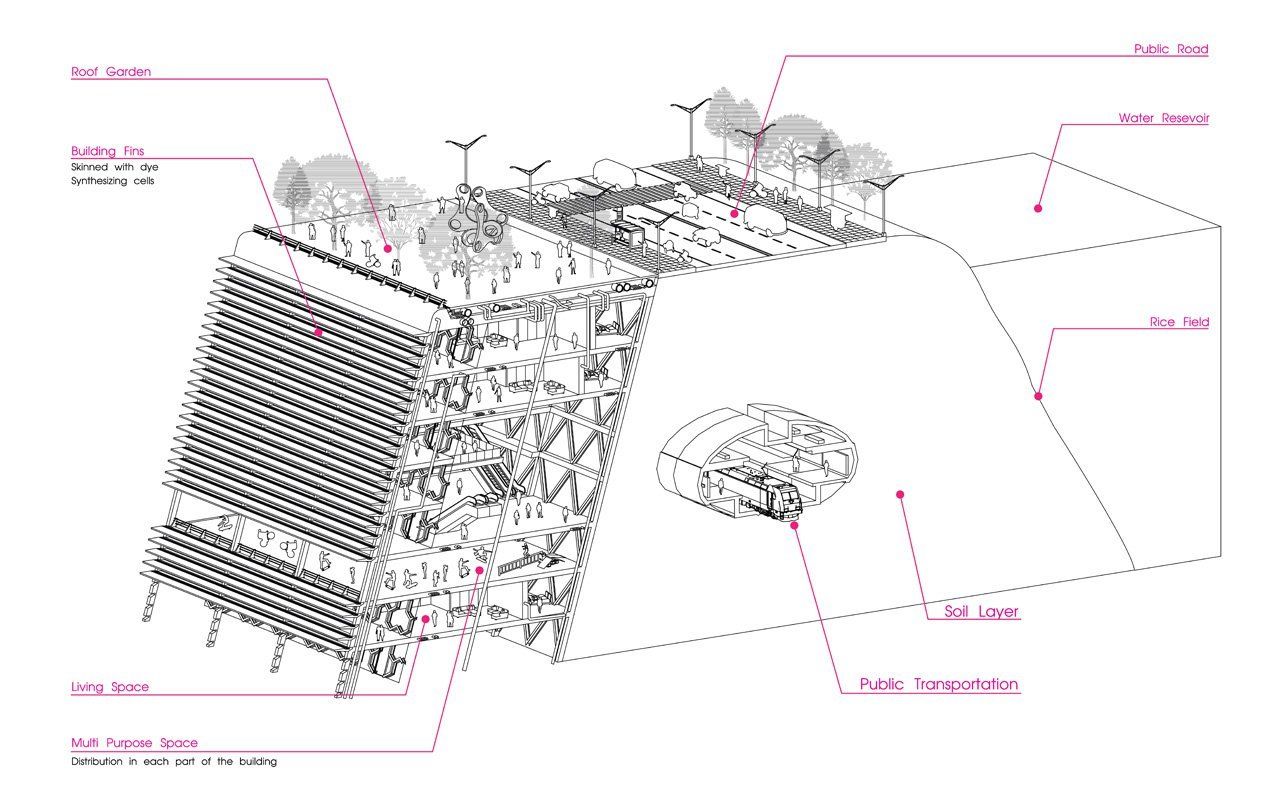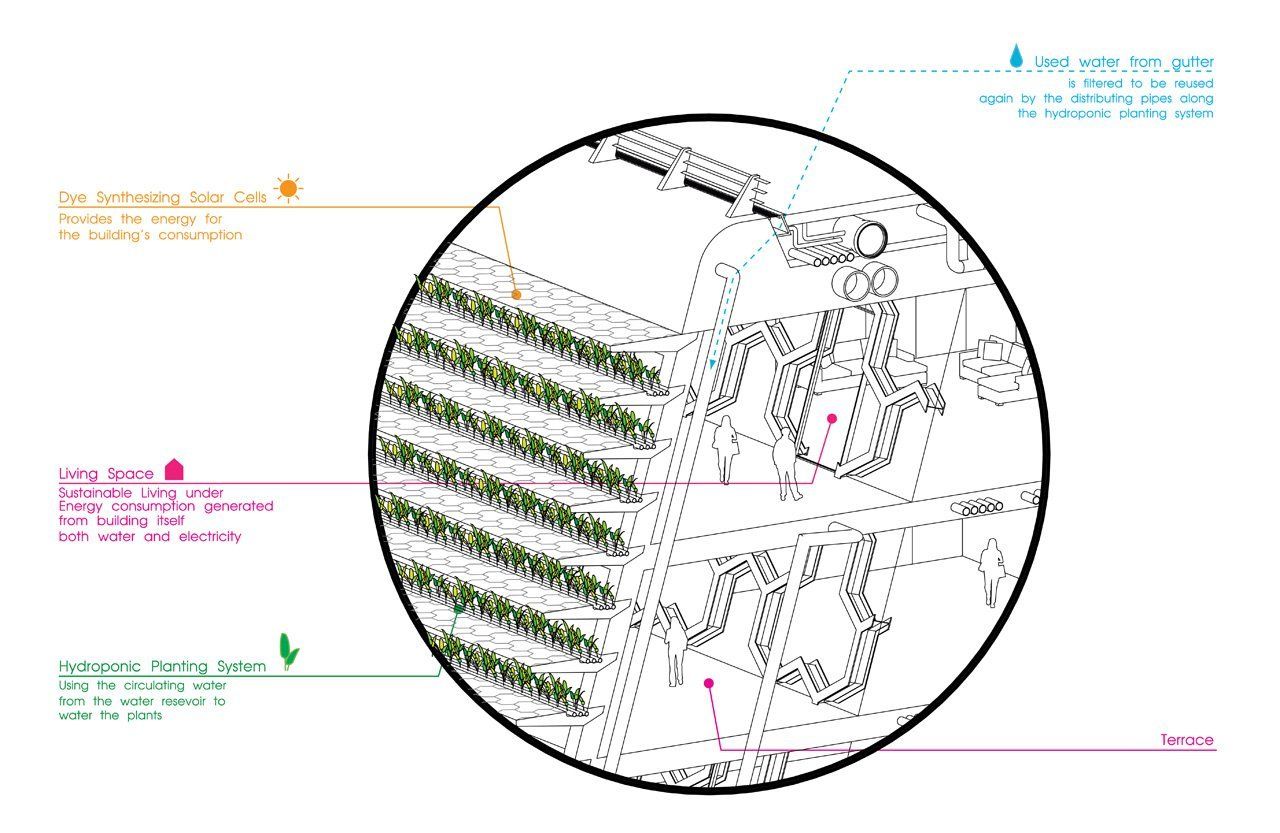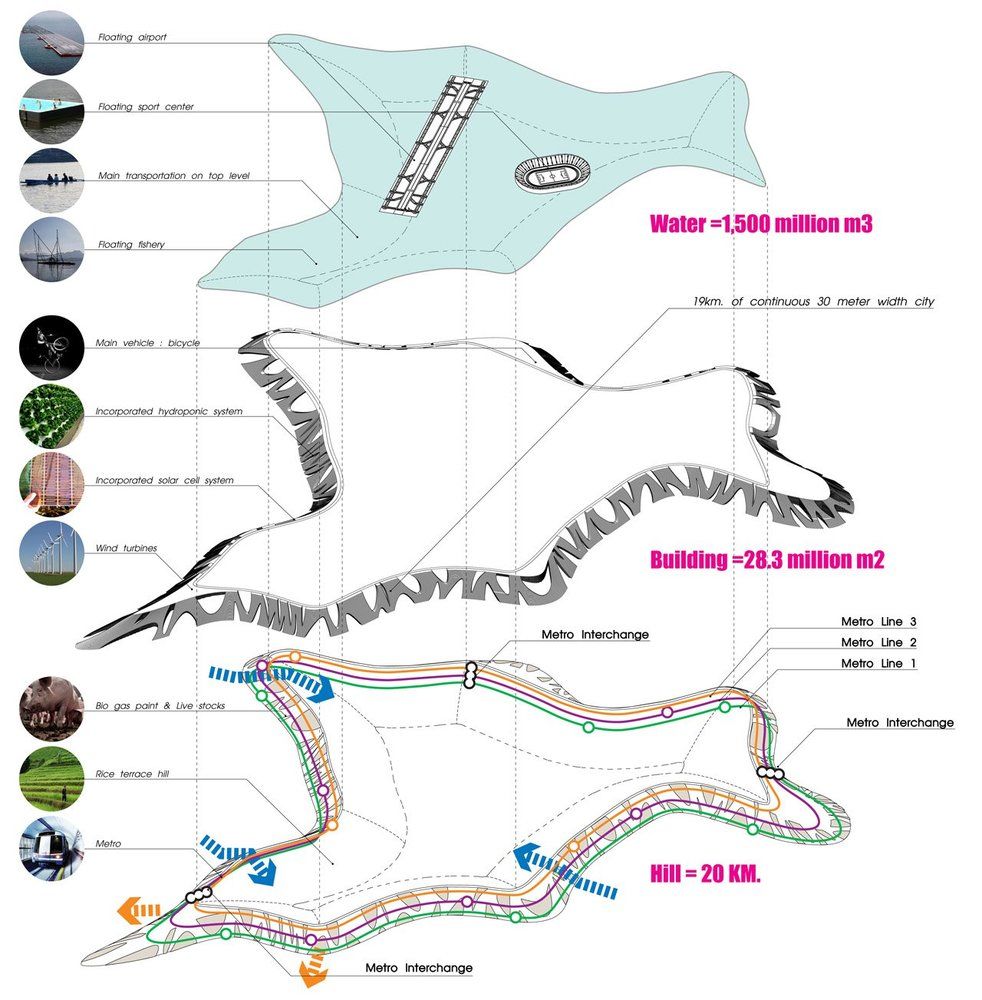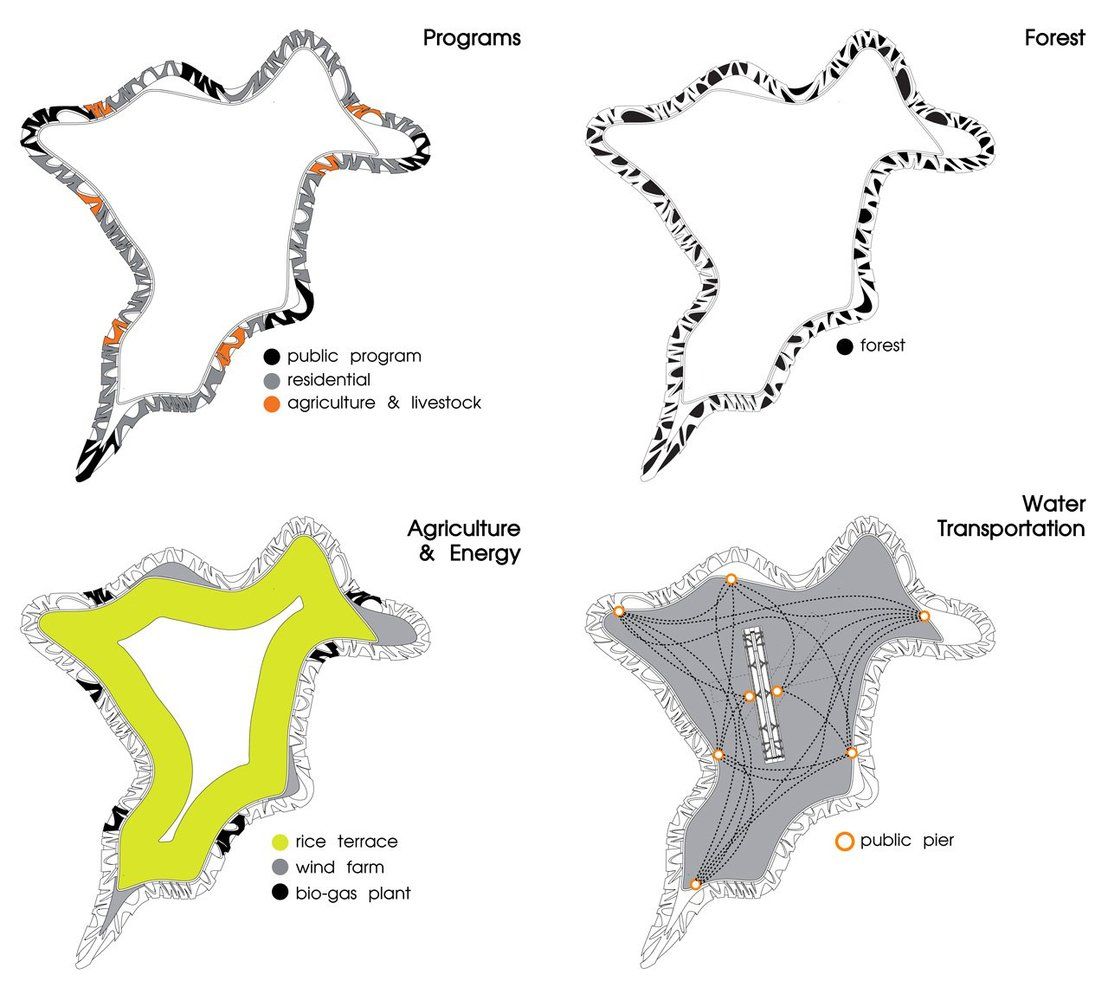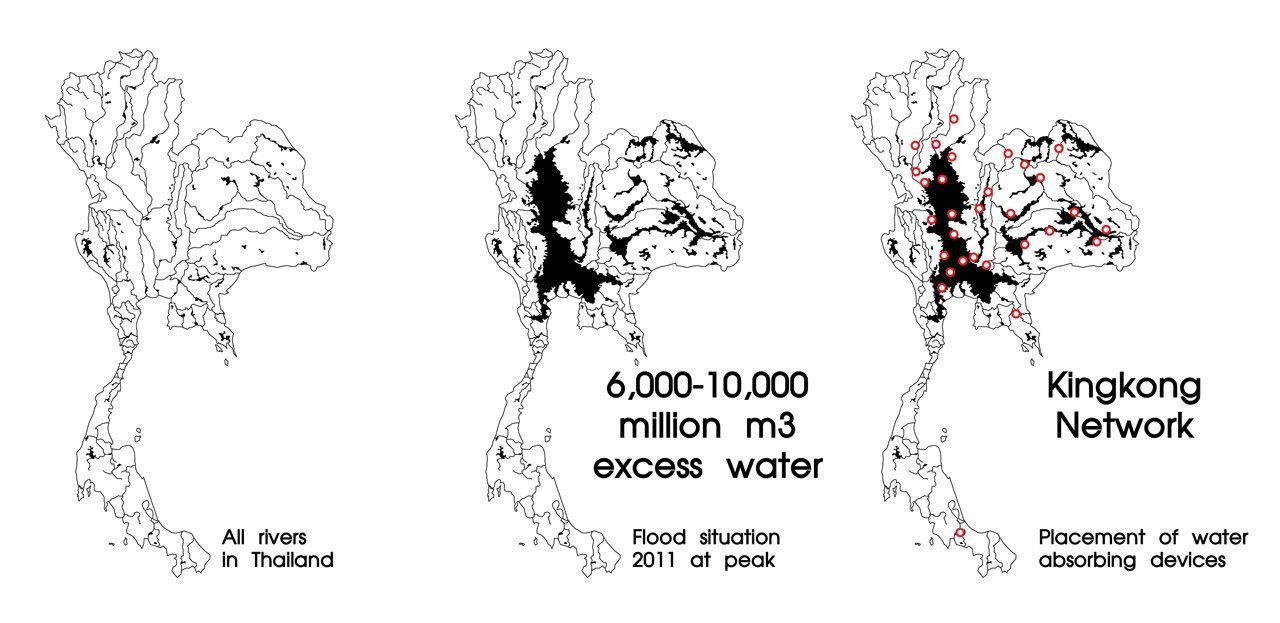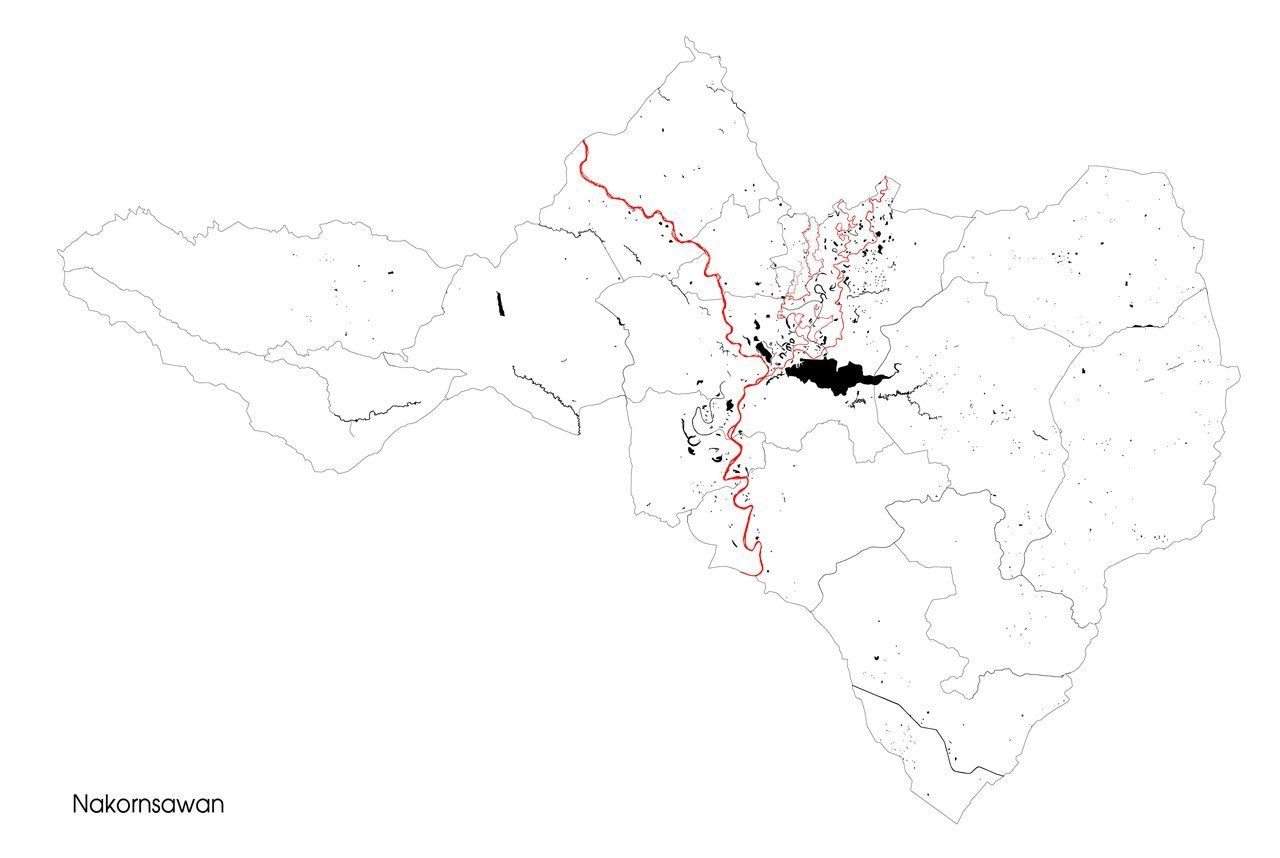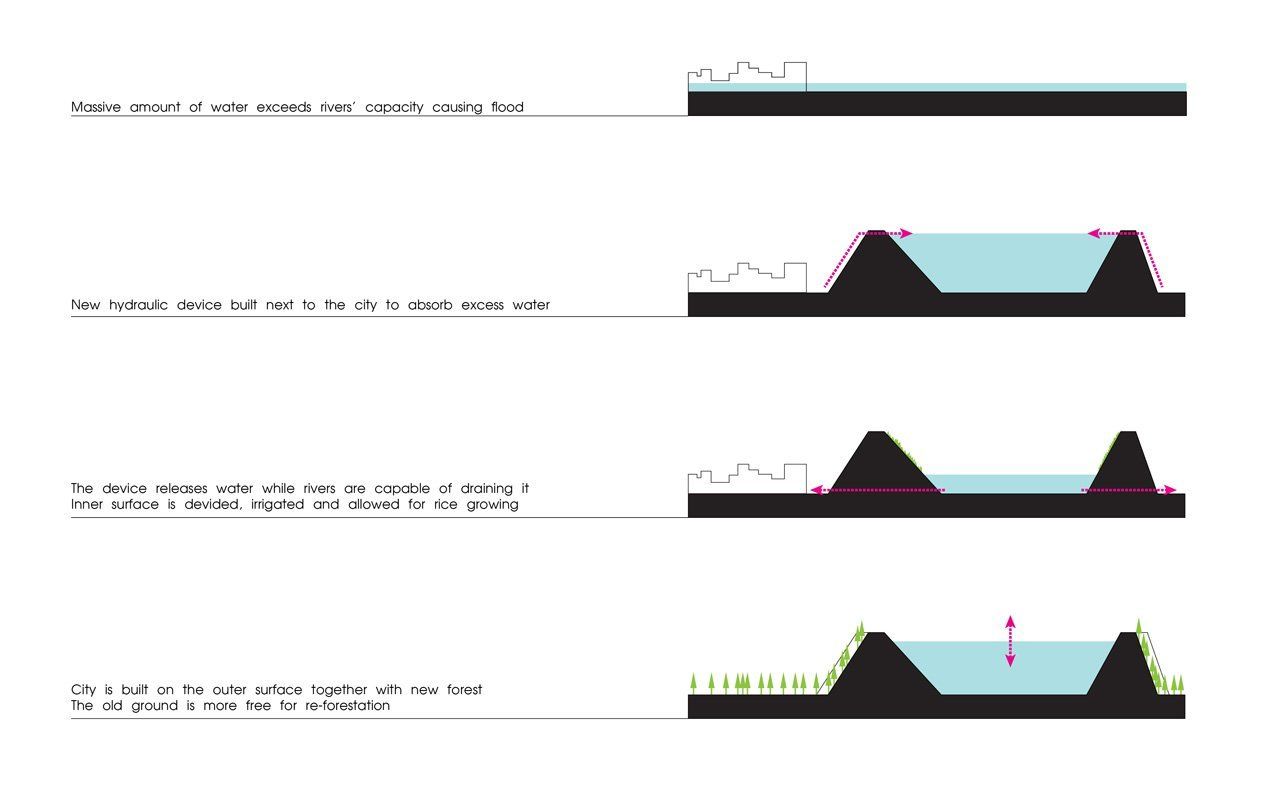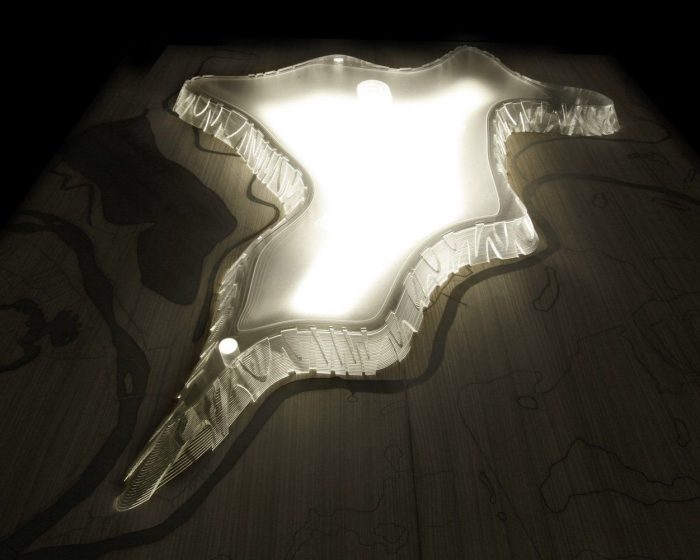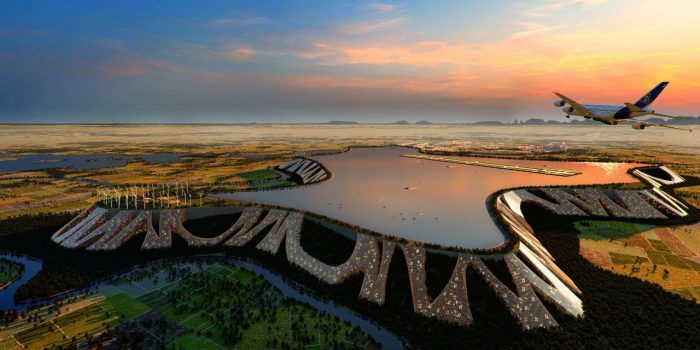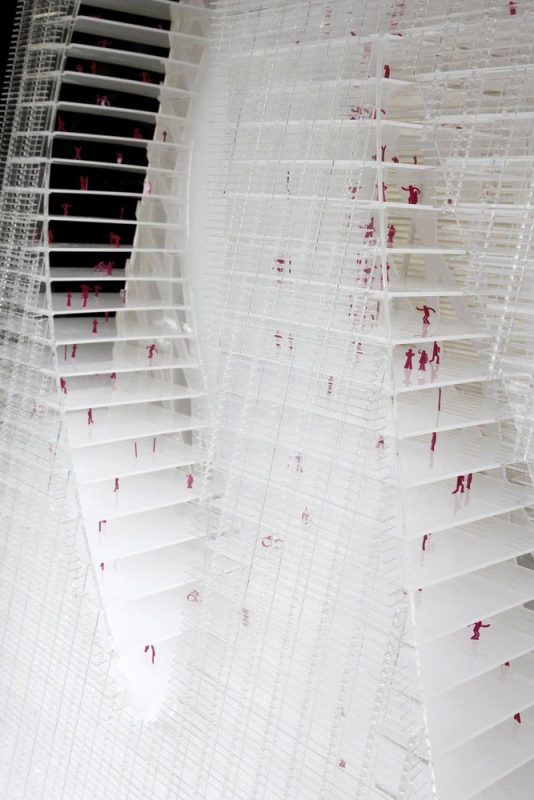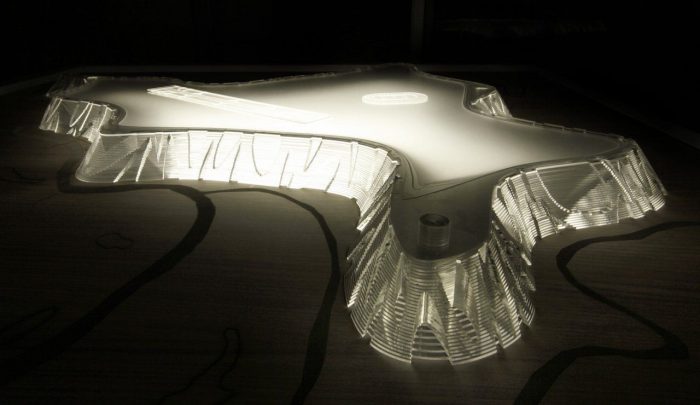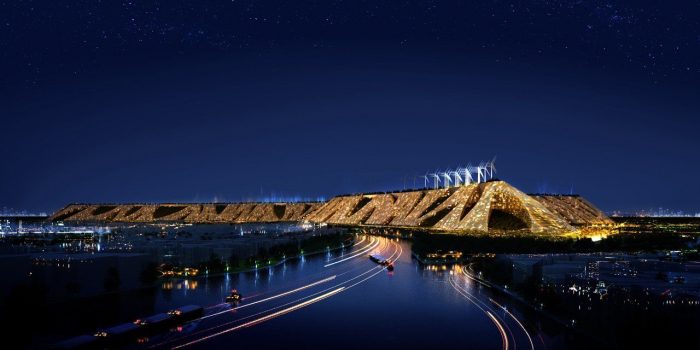Water is rapidly becoming one of the greatest challenges to the world as we know it. Not only shortages but also massive floods that have been brought on by improper agricultural placement and large scale paving and urbanization. The country of Thailand is a country with a relatively large number of rivers compared to its size.
Due to irrigational drainage for agriculture and urban sprawl there are serious droughts for parts of the year and massive floods during the monsoon season. The architects Supermachine Studio propose the Superbowl typology, the prototype of which is proposed for Nakornsawan, Thailand, as a potential solution to these problems facing Thailand and the world. They state ‘Dams won’t work.. They are managed by politics.’ The locales in which a dam is located might have a area-specific plan for the operation of a dam that doesn’t necessarily do good for the rest of the areas below or above the dam. As such they cannot be relied on to solve the problems of providing a regular water flow and supply. The Superbowl is a proposed 20 km long, 150 m high, man-made hill that would hold a 15,000,000,000 m³ reservoir situated within its walls.
This massive storage tool would act in chorus with other such ‘devices’ to bleed off excess monsoon water by way of three 180,000,000 m³/day pumps. This water will then be slowly let off during the dry season as well as be used for the 585 km² of agricultural land located along the inner walls of the reservoir itself. The outer surfaces of the hill will be covered predominantly with forest comprised of a diverse range of species. It is envisioned that in time, people will come to populate predetermined areas along the walls, coexisting closely with the flora. Able to accommodate half a million people (which is the size of downtown Nakornsawan), many different programs are planned for the settled area, including housing, schools, cinemas, markets, and government facilities.
 The city is planned as self-sufficient with wind turbines, hydroelectric power generation, bio-gas and dye-synthesized solar cells installed across its surfaces. These, along with hydroponics,responsible farming practices, and a Masdar City-esque view towards cars (fewer/no cars within, only for external travel) aim to create a city that exists without placing undue burden on surrounding as well as distant lands.
The city is planned as self-sufficient with wind turbines, hydroelectric power generation, bio-gas and dye-synthesized solar cells installed across its surfaces. These, along with hydroponics,responsible farming practices, and a Masdar City-esque view towards cars (fewer/no cars within, only for external travel) aim to create a city that exists without placing undue burden on surrounding as well as distant lands.
